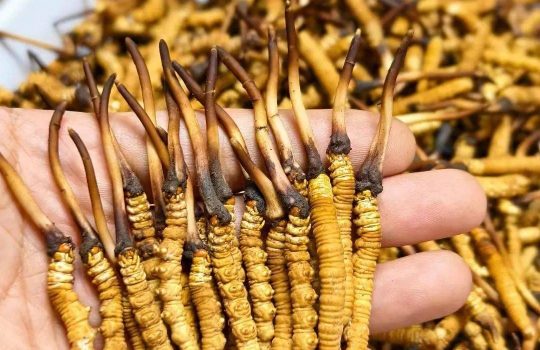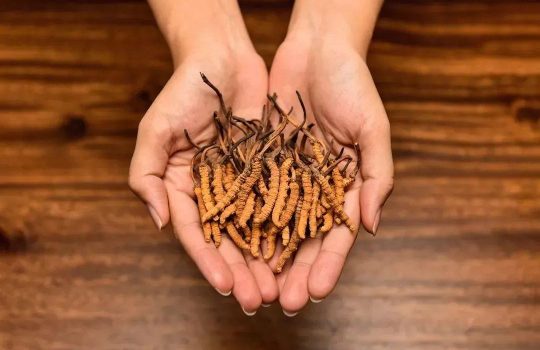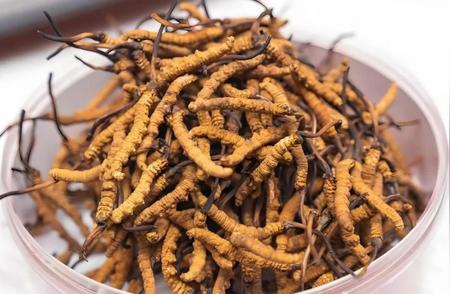Cordyceps mainly grows in the Tibetan Plateau at an altitude of 3,500 m to 5,000 m. It is distributed in the alpine meadow grasslands of five provinces and regions in China, Tibet, Qinghai, Sichuan, Gansu and Yunnan, and has its distribution centre in the Nagchu area of Tibet, the Chamdo area and the Yushu Prefecture of Qinghai. In terms of natural geography, roughly from the Qilian Mountains in the north, south to the high mountains of northwestern Yunnan, east to the high plateau mountains of western Sichuan, west to the Himalayas in most areas. Its harsh growing environment is also the birthplace of many rivers such as the Yangtze, Yellow, Lancang, Yarlung Zangbo, and Ganges, and is the source of life in most parts of Asia, and the ecological environment of these regions has an important impact on Asia and even global environmental change. It is estimated that the distribution area of cordyceps accounts for about 10 per cent of China’s land area. Among them, Tibet Autonomous Region and Qinghai Province are the main production areas, and the two areas account for more than 80 per cent of the total national production. In recent years, the annual collection of Cordyceps in China is around 20 tonnes.
Scientific Research on Cordyceps
In the 1950s, China began to conduct relatively systematic research on Cordyceps. After years of efforts, stage-by-stage research results have been achieved in the current status of resources, strain determination and mycelial fermentation, bat moth insect rearing and artificial cultivation of Cordyceps, as well as chemical composition, pharmacological activity and molecular biology. Although we have achieved success in the breeding of bat moth insects and the cultivation of Cordyceps sinensis, and have taken a solid step towards the artificial cultivation of Cordyceps sinensis, the inoculation of Cordyceps sinensis with artificially reared bat moth larvae presents the problems of low infection rate and difficulty in developing Cordyceps sinensis, and a lot of technological problems remain to be broken through in order to realise industrialisation.
In terms of the medical application of Cordyceps, modern medical research has proved that the regulating effect of Cordyceps on human immune function is bidirectional, which can not only continuously improve the immunity of human body so as to enhance the ability of human body to resist diseases, but also can be manifested as the immunosuppressive effect, which can effectively inhibit rejection reaction in various organ transplants and skin transplants. In addition, Cordyceps can also lower blood pressure, lower blood fat, relieve cough and asthma, anti-inflammatory and antibacterial. In clinical application, Cordyceps Sinensis has a more significant role in the adjuvant treatment of tumour, which can reduce the side effects of chemotherapy and inhibit the growth of tumour, and prolong the life of patients with advanced tumour; it can effectively prevent the rejection reaction after organ transplantation, and reduce the infection; it has a significant hepatoprotective effect on the patients with hepatitis and cirrhosis of the liver; and it can be used in the treatment of chronic arrhythmia, and improve the cardiac function and so on.







